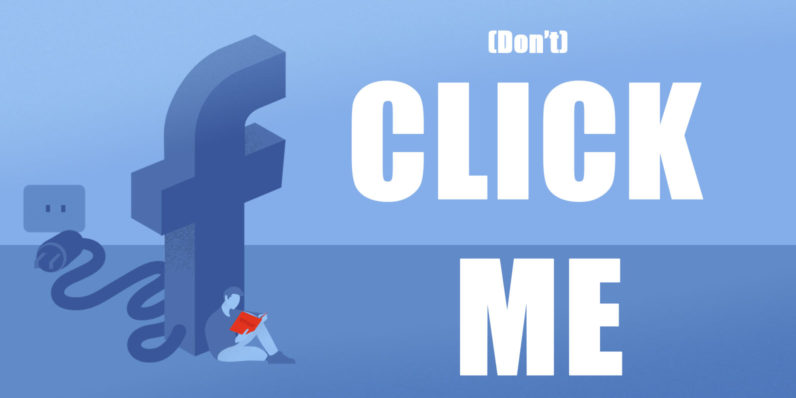Rene Descartes was a 17th century French philosopher with an extraordinary skillset in mathematics, the natural sciences, and metaphysics. Today he is known as the Father of Rationalism, and his contributions to society (both scientific and otherwise) have been invaluable. But how did he earn this title?
As a young man, Descartes attended a Jesuit school where he was taught classical rhetoric, philosophy, and mathematics. But Descartes himself said that when he completed his schooling, “I found myself beset by so many doubts and errors that I came to think I had gained nothing from my attempts to become educated but increasing recognition of my ignorance.”
And so began his unique journey to revolutionize knowledge. In this attitude of doubt and skepticism, Descartes invented a way of thinking we now know as the Cartesian Method. He outlined his method in four very basic steps, which I will now paraphrase:
1. Accept nothing which you do not know for yourself, with utmost clarity, to be true.
2. Breakdown your subject in question to smaller pieces
3. Progress naturally through a series of small conclusions to come to a more complex conclusion. (In other words, order your thoughts in the proper series.)
4. Make complete conclusions, omitting nothing in the process.
In order to progress through his method, Descartes wiped his slate of knowledge and experience completely clean. At this point, he was forced to question the very fact of his existence-- refusing, of course, to accept it as a fact until he came to the groundbreaking conclusion "
cogito ergo sum" (I think therefore I am). Treating this single axiom as his foundation stone, Descartes rationally worked his way up to re-create the world of knowledge and experience he once lived in. In the process, he made an immeasurable impact on mathematics and science. The Cartesian coordinate system, mathematical powers, and diffraction laws are just a few of his great contributions.



But imagine if we
all had to work our way up from ground zero.
In essence, we would each throw away our lifetime of knowledge in exchange for the enlightening process of Cartesian Discourse. Sure, we might eventually "make our way" back up to the level of knowledge we have now and would have revolutionized our thinking in the process, but would it really be productive? As a biochemistry researcher, I have come to appreciate leaning on the discoveries of other scientists in my field. The exponential progress in scientific research today is largely due to launching off one another's discoveries, a process benefitted by advances in communication technology. Newton himself stated, "If I have seen further, it is by standing on the shoulders of giants." So while the Cartesian method of thinking allows great personal discoveries, it can be a hindrance to our progress-- and the progress of society-- by preventing us from accepting the work of others, thus placing this burden of work upon ourselves.
End-note: For more fascinating adventures on the principle of axioms (and how our universe
cannot stand without them), check out the work of mathematician and philosopher Kurt Godle.
https://en.wikipedia.org/wiki/Kurt_Gödel
Image sources:
https://www.military-history.org/articles/thinkers-at-war-descartes.htm
Immotus Design, https://www.iconfinder.com/icons/648453/cube_function_math_mathematical_power_x_icon
https://www.youtube.com/watch?v=l2VaEOKqcyc
https://www.chegg.com/homework-help/definitions/cartesian-coordinate-system-33

























